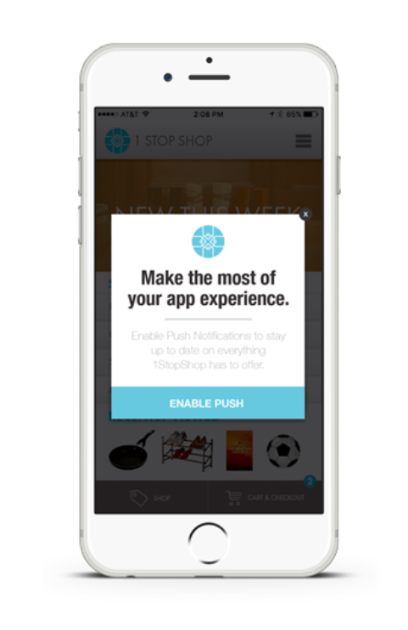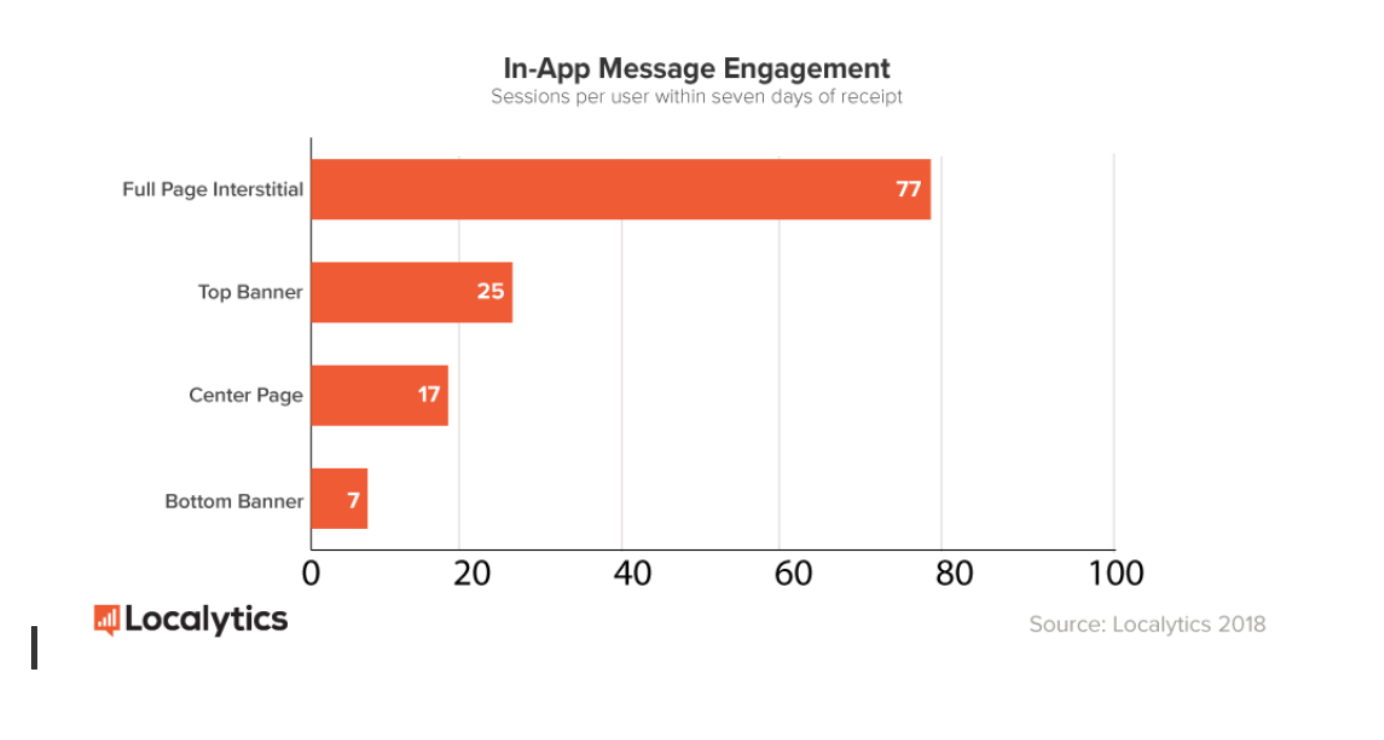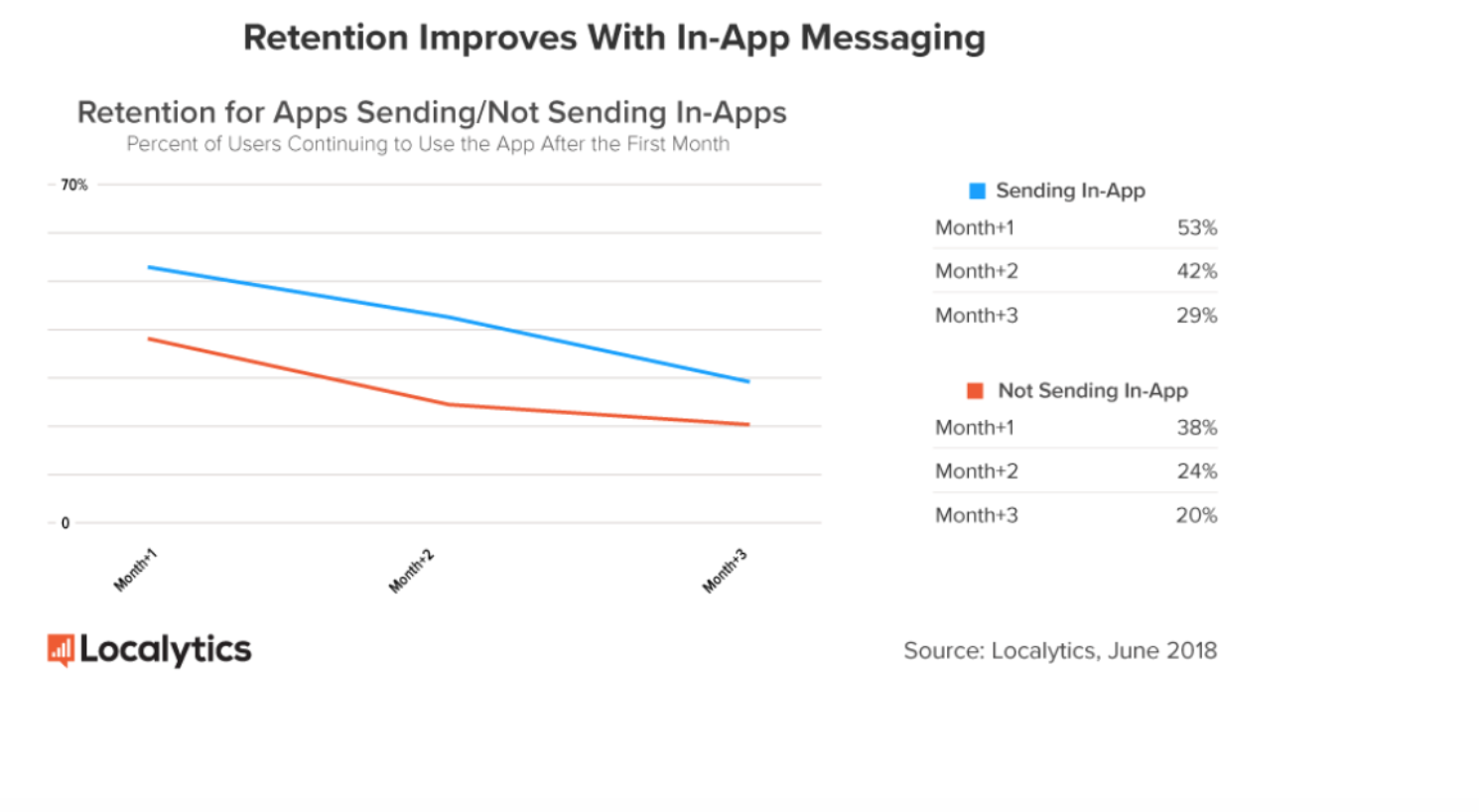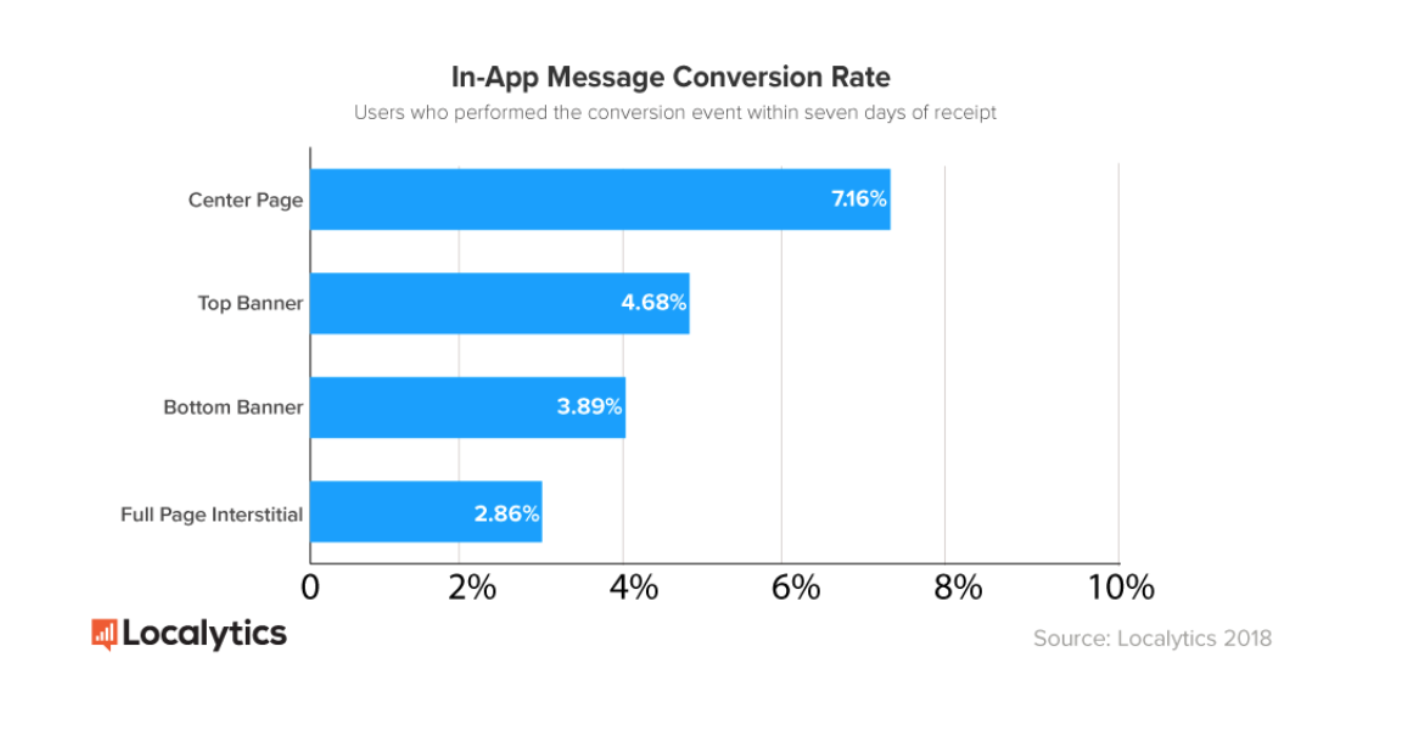
Finding the right monetization strategy for your app can make or break your mobile ROI, and often the search, model criteria, and selection process comes down to specifics about how users will interact specifically with your app. One model that works for many apps in monetizing using in-app advertising.
In this business model, you offer your app for free with the goal to accumulate a sizeable user base and gather information on the people interacting with your app. Then, this data gets sorted and sold to app publishers who pay you to place targeted ads in your app.
Mobile ads are booming, and it can be an extremely successful monetization model when the ads are actually relevant, which depends on your ability to collect the user data to help companies target their ads to the right set of potential users.
Even when you’re serving smart, relevant ads, they are still often seen as spam by users, who at this point have grown somewhat jaded and fatigued by the constant pop-ups. Data-driven ads are still ads – they’re still asking users for something before they may be ready, even when the ad is relevant to who they are.
How do you monetize your app without compromising the user experience?
Because of this, ads can’t be the only thing you serve up in the user experience. Mobile ads can comprise your app experience by claiming a portion of the screen in the middle of a user interaction, potentially frustrating users and degrading their experience, which can lead to app churn.
The solution? In-app messaging.
1. Create relevancy for higher CTRs
If you’re serving up ads that are based on user data you’ve collected, then you’re already ahead of the game. This means your CTRs should be higher, because the ad content is personalized, right?
That’s not always the case. Because of the nature of ads, CTRs are typically low. While you can provide ads that your users might be interested in, you’re still asking for something instead of providing something.
In-app messaging, on the other hand, should act as a part of their current user experience to feel natural and fluid. In-app messages are often triggered based on an event completed or action taken in-app – this means you can control the content that your users receive via in-app messages and time them at precisely the right moment.
You can use in-app messaging not just to interest the user in relevant offers, but also to inform her of new and critical features, additional content she might find relevant based on her interests, or help connect her with the social portions of the app. It could be a number of interactions, most of which are valuable based on that user’s profile.
When this kind of messaging is targeted based on real-time mobile user behavior, you’re going to see higher CTRs:
Not only can you trigger real-time in-app messages based on user behavior, but with the right analytics foundation, you also have the benefit of historical behavior analytics and user attribute data (such as location, language, device, etc). This combination of analytics and real-time marketing gives you the opportunity to add real value to your app experience.
2. Offset mistrust with meaningful interactions
Here’s the worst-case scenario for mobile ads, and something you might have encountered: that these ads are seen as intrusive; pushing new products, services and brands on your users that they don’t care to learn about.
When this happens, you risk creating a foundation of mistrust with your users, concentrating more on your bottom line than on improving their experience with your app. Of course, this is never the goal an app owner starts out with – but it is the situation many end up with. This is where employing in-app messaging can help re-establish trust and regain user interest.

As a marketing tactic, in-app messaging serves to provide additional content, information or offers to users while they are using the app. As an engagement tactic, in-app messaging can and should provide highly-personalized, relevant content that is valuable to that particular user, and engages her further with the app based on her interests.
This provides meaningful user interactions, further establishing why users should be using your app. Say you have a group of users in your sports app whose favorite team is the Giants. You can send these users an in-app message alerting them to price changes on tickets, or new articles that mention the team. In sending this, you are providing information interesting to those users, and further engaging them with the app in alternative ways. You aren’t expecting or asking for a purchase, but rather adding something to their experience with your app.
3. Grow retention with valuable user experiences
Engaging app experiences are the key to creating short- and long-term retention – if you want users coming back again and again, they need to be given a reason to. Too many bad, or even just too many, experiences with mobile ads can lead to poor retention. With in-app messaging, you’re restoring balance to the experience.

Retention is going to have a significant impact on your mobile ROI. Without re-engaging users and giving them an experience they would to have again, you’re losing all future monetization opportunities with those users. Essentially: in order to have app users who actually convert on your mobile ads, you first need to ensure that those users are engaged enough with your core app features and functionality to return to the app multiple times. Pushing a first-time app user an ad is not only going to hurt your monetization plans, it’s also going to turn that user off, and perhaps turn into an uninstall.
We’ve seen that apps that use in-app messaging have much higher retention rates than those who don’t, because they’re able to provide additional value and tailor a better app experience using this tactic.
How in-app messaging can work for you
In-app messaging is applicable to everyone; whether it’s new feature announcements, NPS surveys, targeted offers, or just more information, you can find a style that suits your app. As long as you’re using real data to inform better messaging, you’ll be able to create a strategy that works, improving your app user experience and complementing your monetization model.


